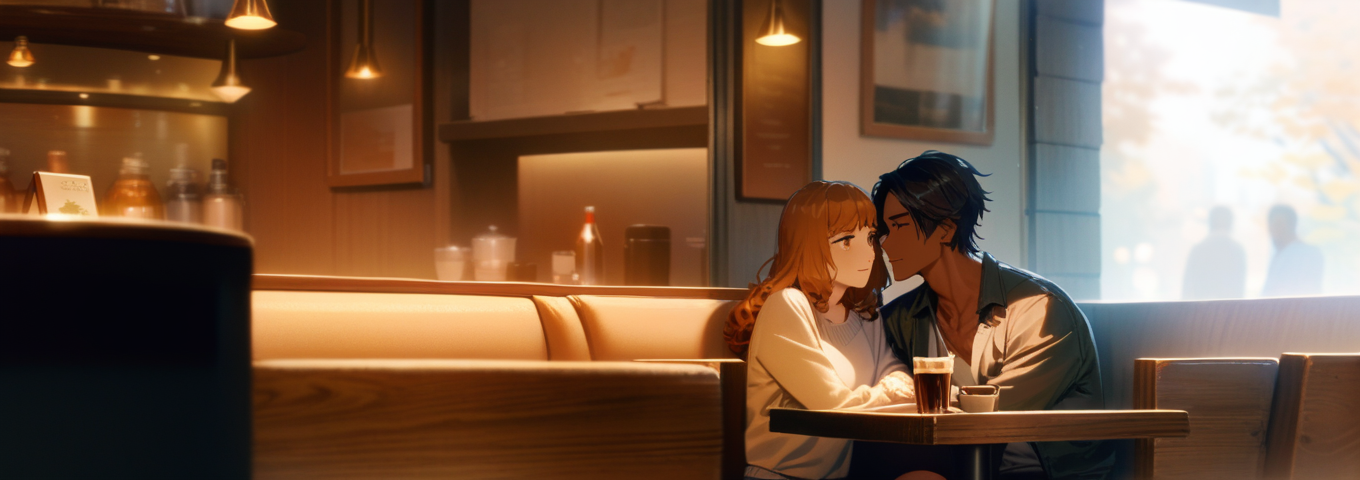◆ Reaching for the Light
The magic stones I used in my experiments were nothing more than discarded scraps—the lowest-grade refuse from the weakest of monsters.
Dull. Lifeless. Utterly worthless as gems.
Even as a power source for magic tools, they were deemed useless, containing barely enough magic to fuel a simple spell.
And yet—
They held immense potential.
These stones, though weak, were abundant.
Their supply was never-ending, as the monsters that produced them spawned endlessly.
And, as their numbers grew, their discarded cores became a liability—
Attracting more monsters, turning the very land into a beacon of disaster.
The frontier was drowning in them.
The mere thought of finding a way to use them could mean stability and safety for my homeland.
Thus, I pressed forward with my experiments.
Through countless trials and errors, I discovered something important:
Crushing the stones into powder created a uniform material, with consistent magical properties.
Unlike raw stones, which varied in size and power,
powdered magic stone could be measured and standardized.
It was a breakthrough.
But there was a problem—
The powdered stones lost magic over time.
At best, they lasted two months before becoming useless.
A difficult problem, but one I set aside for later.
The Idea of a Gun
My thoughts kept returning to the concept of firearms.
In my past life, gunpowder-based weapons functioned on a simple principle:
Solid matter rapidly transformed into gas through an explosive reaction,
which then propelled a projectile through a narrow tube.
The closest weapons in this world were crossbows.
Rather than gunpowder, they relied on the tension of a bowstring to launch arrows.
If I wanted to replicate the mechanics of a gun,
the crossbow’s frame would serve as the foundation.
Procuring the Materials
The Knight’s Division had crossbows—
But they were ceremonial, unfit for real combat,
and far too valuable to dismantle for experimentation.
So I consulted one of my instructors.
I needed an unassembled crossbow,
preferably cheap and disposable.
The instructor gave me a bemused look—then laughed.
It was an unusual request, but he directed me to a weapons dealer in the capital—
a supplier for the royal army’s crossbows.
On my next free day, I made my way to the shop.
The shopkeeper regarded me with suspicion,
but when he learned I was from the Magic Academy, he relented.
For a reasonable price, I acquired ten crossbow frames—
Unassembled.
Without strings or bows.
Just the stocks and trigger mechanisms.
Perfect.
The First Prototype
I returned to the Alchemy Tower, my strange cargo drawing curious glances from my fellow students.
Ignoring them, I locked myself away and began the first build.
The barrel was carved from wood—
rudimentary, but enough to test the concept.
Instead of gunpowder, I would use wind-based magic inscriptions
to generate pressure and propel a projectile.
The trigger mechanism remained unchanged,
but I modified the rear section—
installing a coil spring and a strike plate
designed to ignite a charge of powdered magic stone.
For ammunition, I used cut-down crossbow bolts
to fit snugly inside the barrel.
By engraving wind-based magic formulas onto parchment,
I created a primitive bullet casing,
where a small pouch of magic stone powder acted as the propellant.
It was a crude design, but I needed to see if it would even function.
The First Test—Failure and Progress
At dawn, I took my first prototype to the training grounds.
The archery range would serve as the test site.
I raised the weapon, aimed at a distant target,
and pulled the trigger.
BOOM.
The weapon exploded in my hands.
The entire rear section shattered.
The bolt left the barrel—
But only traveled halfway to the target.
A failure, but not a complete disaster.
The problem was clear:
The pressure built up too quickly, causing the rear to rupture.
The projectile was too heavy for the amount of force generated.
The barrel was too loose, allowing air to escape inefficiently.
This was valuable data.
I had learned something.
Now, I just needed to refine the design.
Prototype II—A Major Improvement
For the second iteration, I made significant changes:
The barrel was reinforced with steel.
The chamber was made thicker, reducing the risk of explosion.
The barrel tapered toward the front, increasing pressure efficiency.
The ammunition was resized to fit the barrel more snugly.
The new design took weeks to perfect.
I poured over every detail,
ensuring that each modification would enhance performance.
I was not a gunsmith.
But I was determined.
I attended every military strategy lecture,
absorbed every recorded battle,
trained in combat arts,
and strengthened my body alongside the academy’s knights.
I had a purpose.
I had a goal.
This was not merely an experiment—
This was my duty.
To return to the frontier as a warrior.
To lessen the burden on my father and brothers.
To protect the land that had given me a home.
This was the path I had chosen.
And I would see it through.
